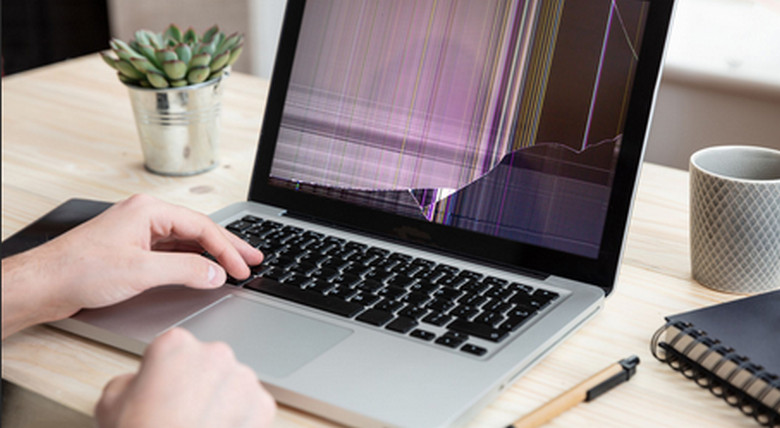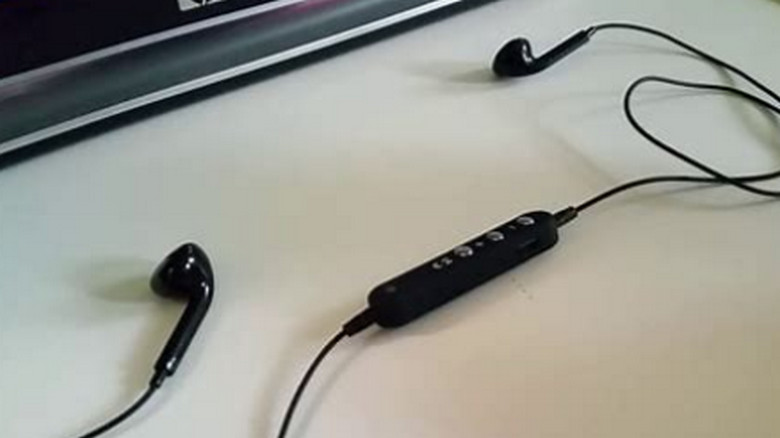You may greatly increase your productivity and general user experience by speeding up your computer. Here are seven practical methods to increase the performance of your computer:
1. Remove Extraneous Software
Your computer gathers a variety of software programs over time, many of which you may not use frequently. These apps have the potential to slow down your computer and use up important system resources. To remove pointless software:
Windows users can select the apps they wish to uninstall by going to Control Panel > apps > Programs and Features, after which they can click Uninstall.
Mac: Select Applications from the Finder, drag unnecessary apps to the Trash, and then empty the Trash.
Performance can be increased and disk space can be freed up by routinely checking and deleting unnecessary software1.
2. Set a limit on startup programs
Numerous programs are configured to launch automatically as soon as your computer turns on, which can greatly impede the startup time. To control programs that launch:
Windows users should launch Task Manager by pressing Ctrl + Shift + Esc, select the Startup tab, and turn off any superfluous apps.
Mac: Select all superfluous items from the list by going to System Preferences > Users & Groups > Login Items.
Reducing the number of startup apps can speed up system bootup and enhance overall performance2.
3. Increase RAM
RAM, or random access memory, is essential to the operation of your computer. A major performance boost can be achieved by adding extra RAM to a machine that is operating slowly. Examine the specs of your computer to find out what kind and capacity of RAM it can accommodate, and if you can, think about upgrading1.
4. Look for viruses and spyware.
Spyware and viruses are examples of malware that can seriously impair the functionality of your computer. Using trustworthy antivirus software on a regular basis might assist in identifying and getting rid of dangerous apps from your computer. Make sure your antivirus program is up to date and run regular full system scans3.
5. Make use of defragmentation and disk cleanup
The hard drive of your computer may fill up with useless data, system cache, and temporary files over time. Your hard disk can be optimized by using built-in programs like Disk Cleanup and Disk Defragmenter:
Windows: To defragment your hard disk (for HDDs), use Defragment and Optimize Drives. To clear temporary files, use Disk Cleanup.
Mac: To minimize storage and fix disk permissions, use Disk Utility.
These programs can help your computer operate better and clear up space1.
6. Think About Using a Startup SSD
Traditional Hard Disk Drives (HDDs) are substantially slower than Solid State Drives (SSDs). Upgrade to an SSD if your PC is still using an HDD. This can greatly enhance system responsiveness overall, application load times, and boot times2.
7. Make Your Network Gaming-Friendly
Optimizing your network settings can assist lower latency and enhance the performance of online gaming if you’re a player. Here are some pointers:
Opt for a connected connection instead than Wi-Fi as Ethernet connections are typically speedier and more reliable.
Make sure your network drivers are current by updating them.
Set up Quality of Service (QoS): Gaming traffic can be given priority over other types of traffic on certain routers.
Your game experience may go more smoothly if your network settings are optimized1.
Extra Advice
Update Your Operating System: Maintaining an updated operating system gives you access to the newest security updates and performance enhancements.
Control Browser Extensions: If you have too many installed, your web browsing speed may suffer. Turn off or delete any extra extensions.
Restarting your computer on a regular basis might help you clean out temporary files and update system resources.
In summary
You may greatly increase the speed and effectiveness of your computer by following these seven steps. Maintaining your computer can be as simple as conducting disk cleanup, adjusting startup applications, and uninstalling superfluous software. Furthermore, replacing RAM and moving to an SSD with upgraded hardware


